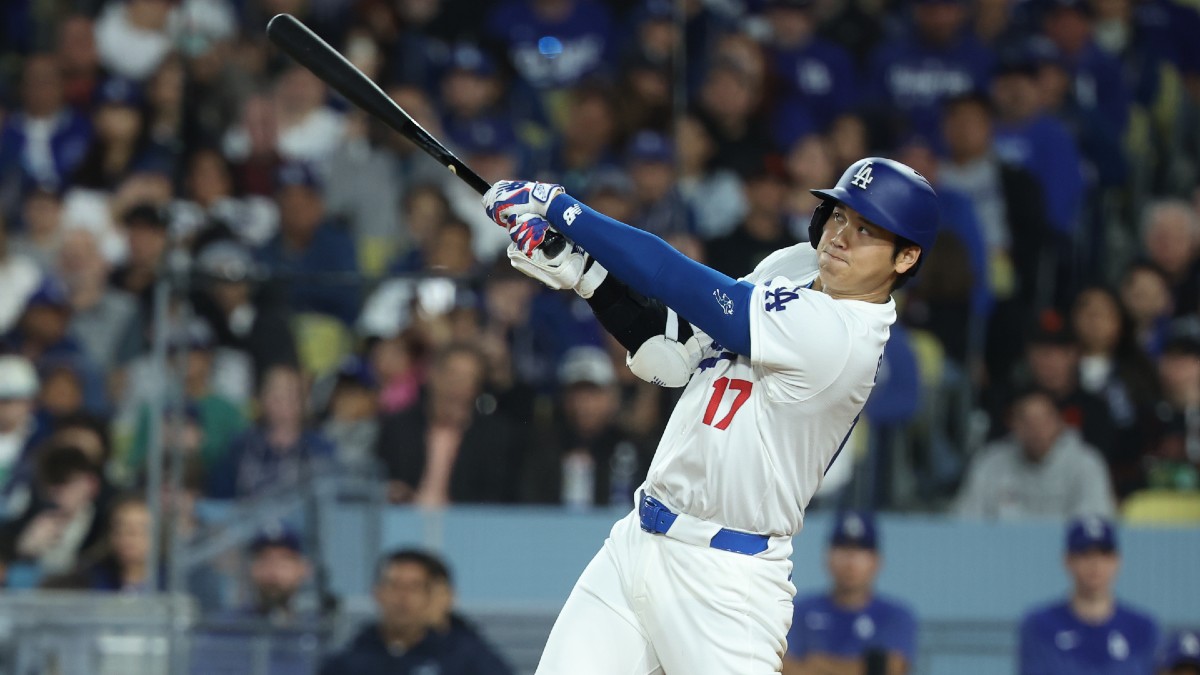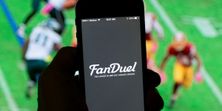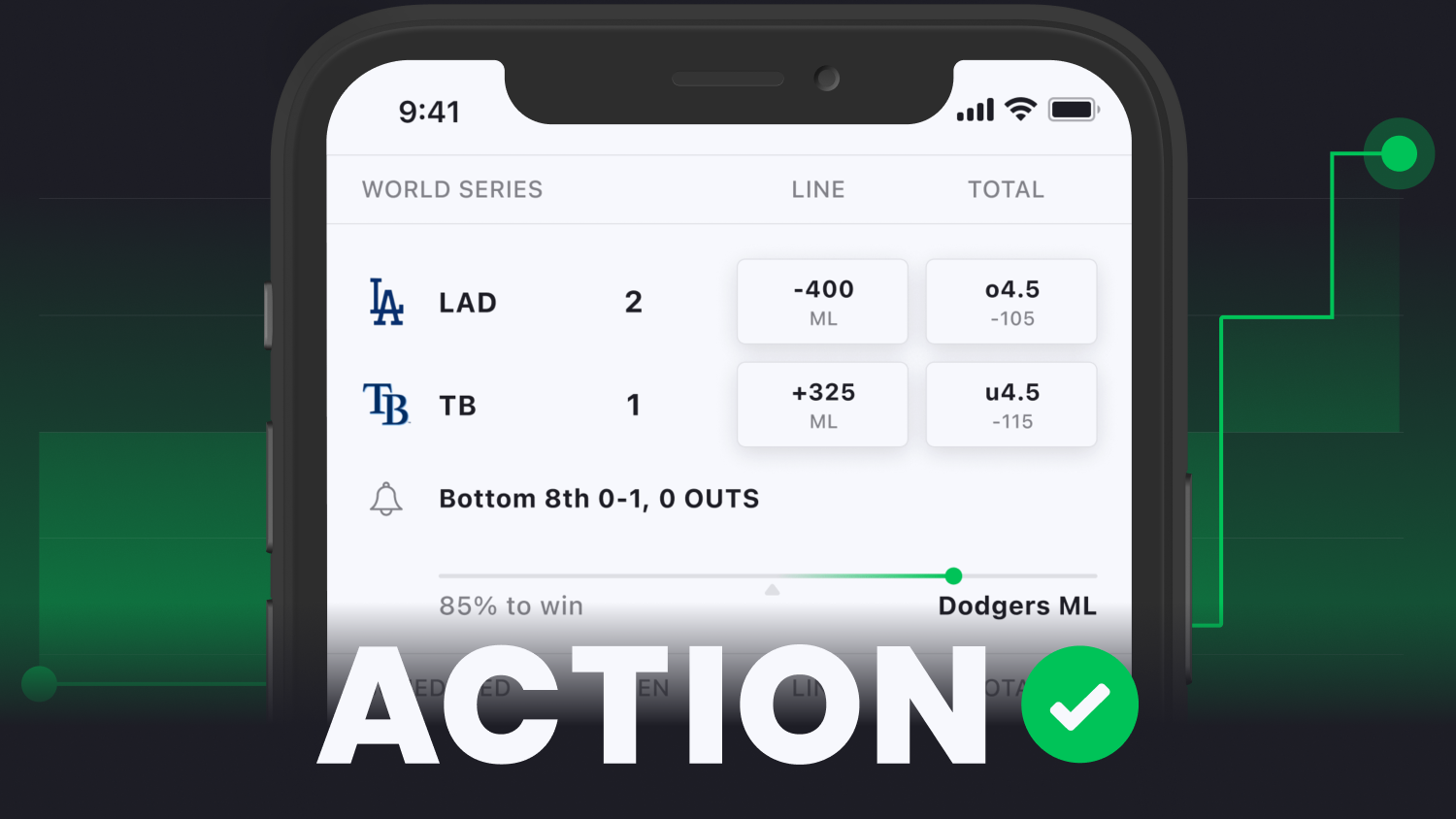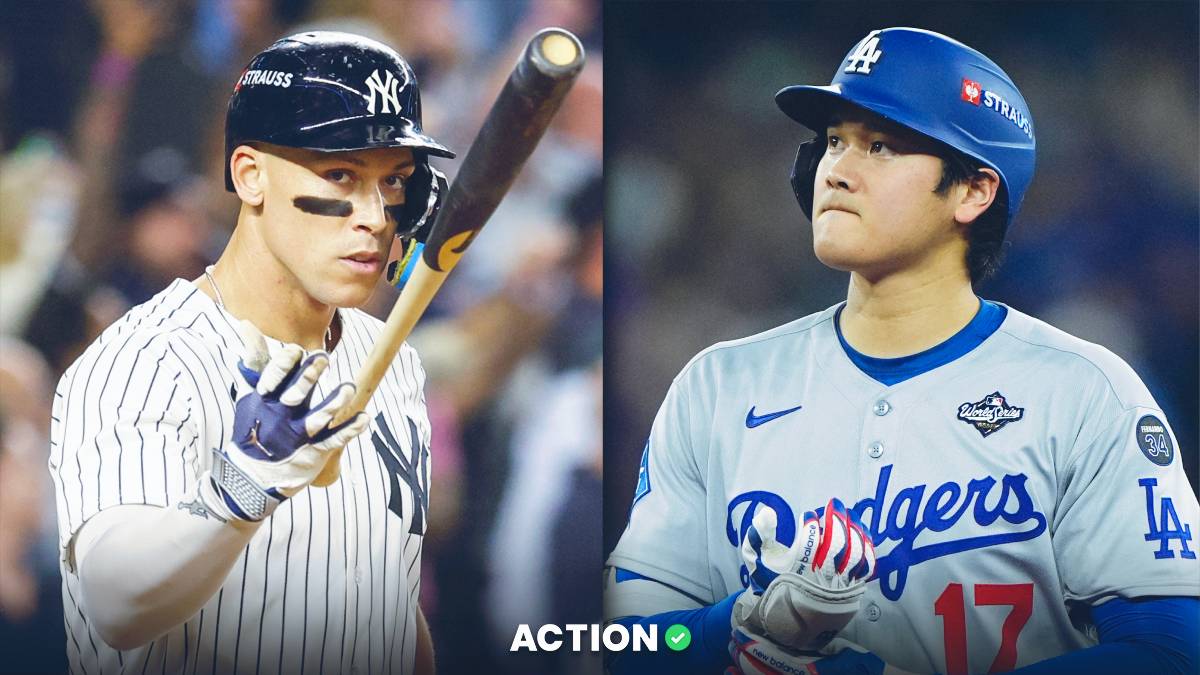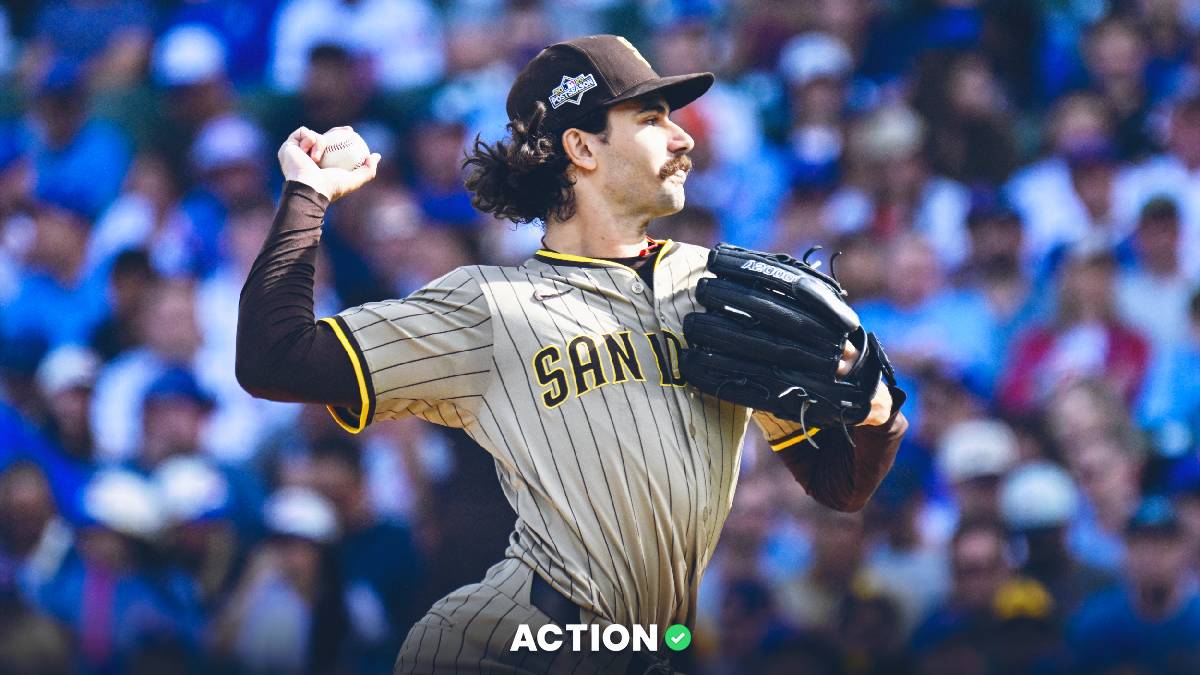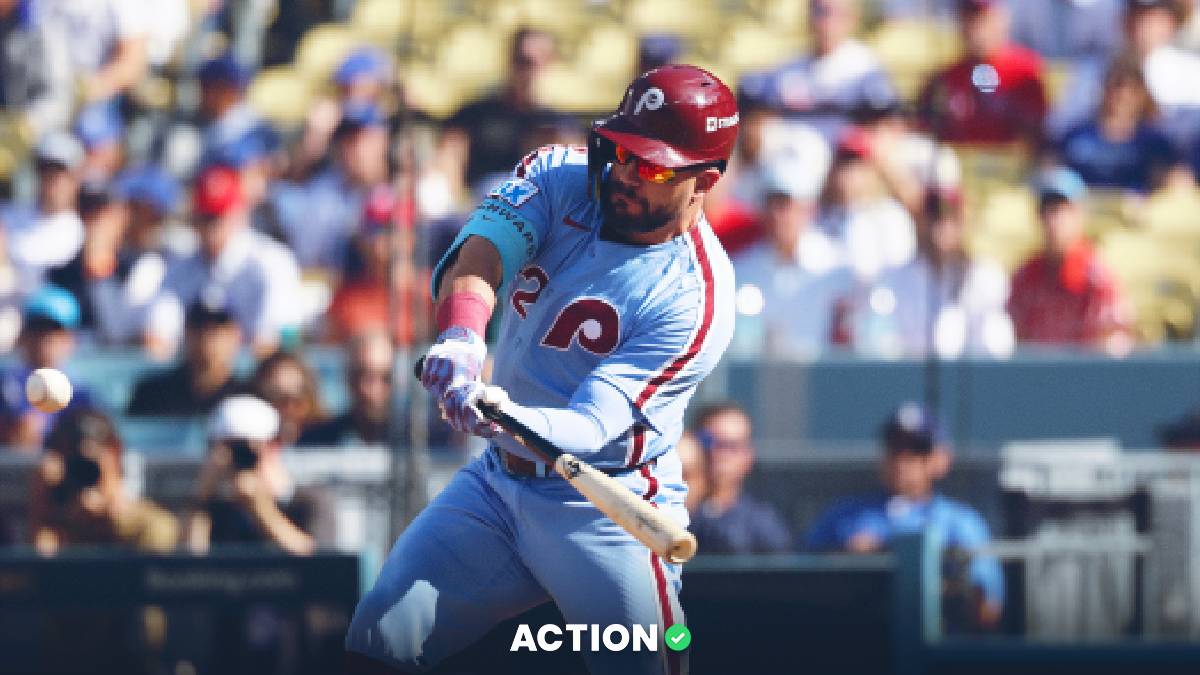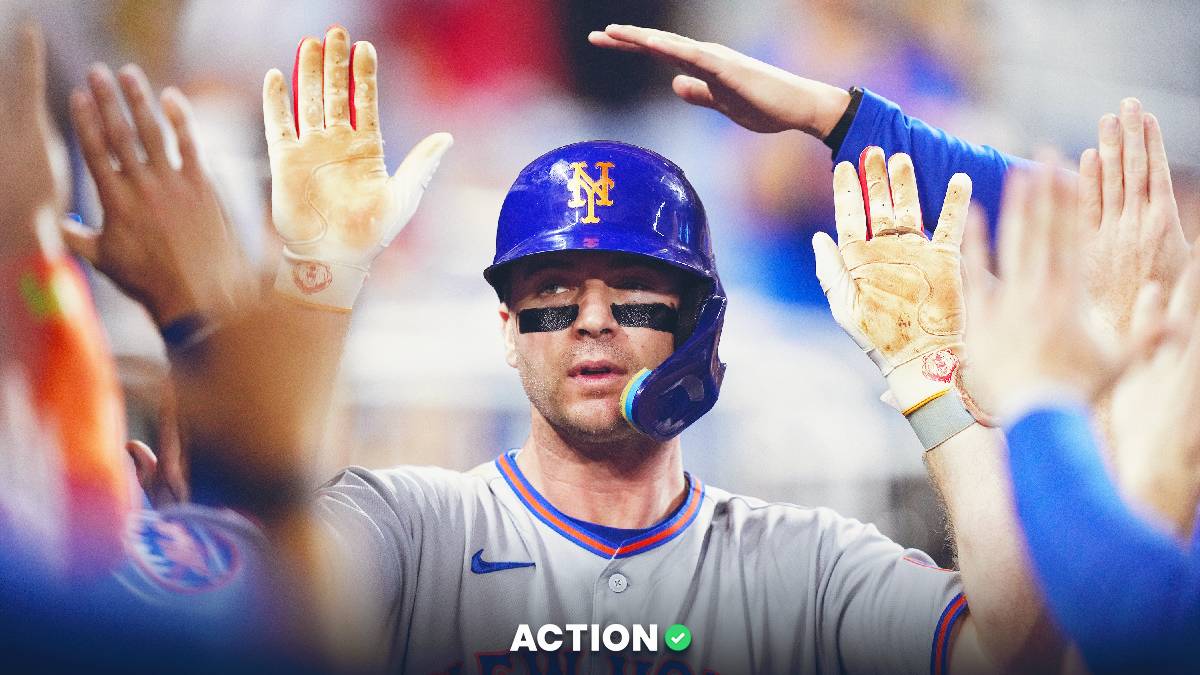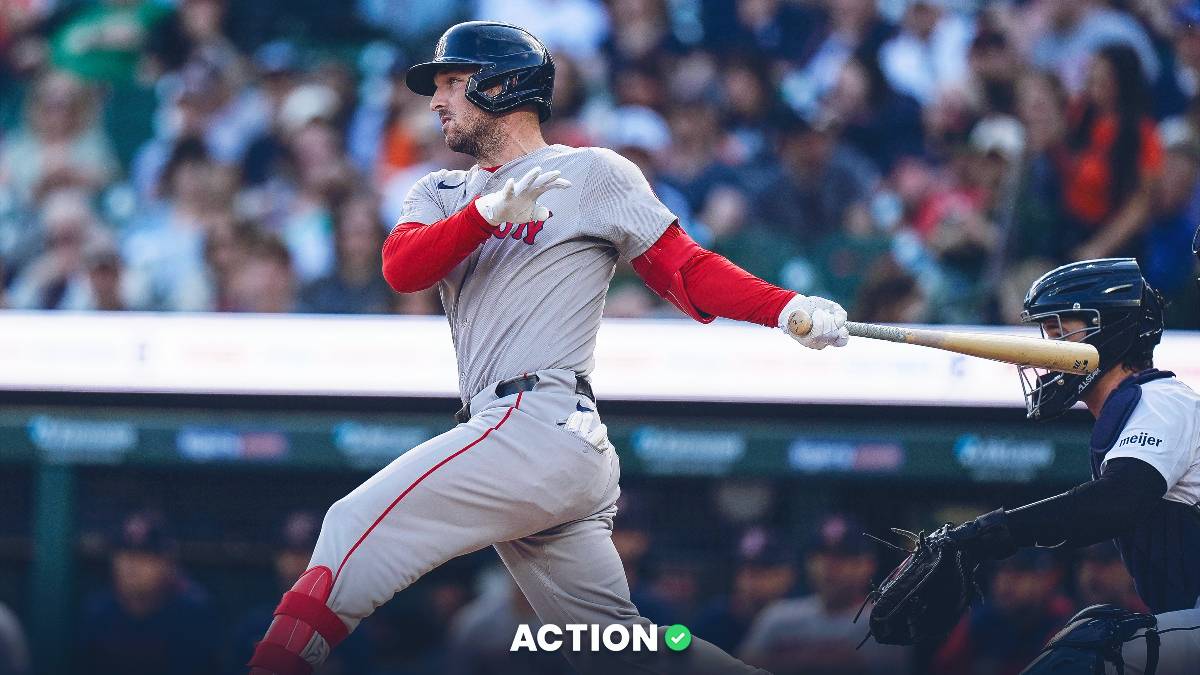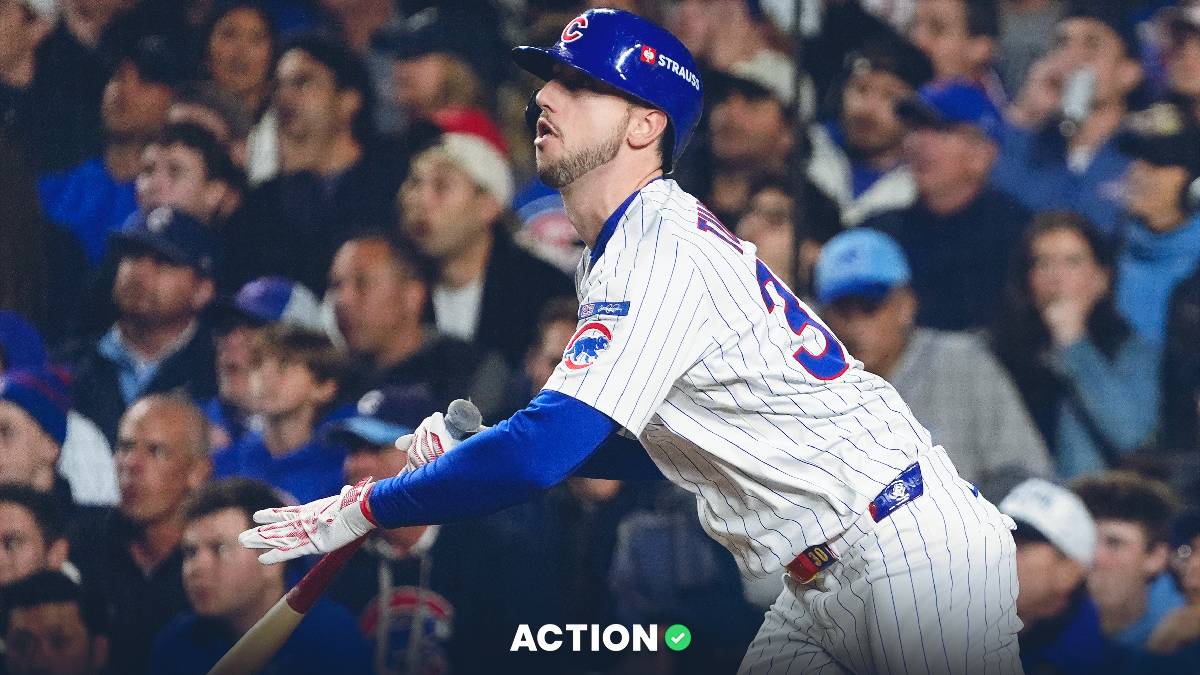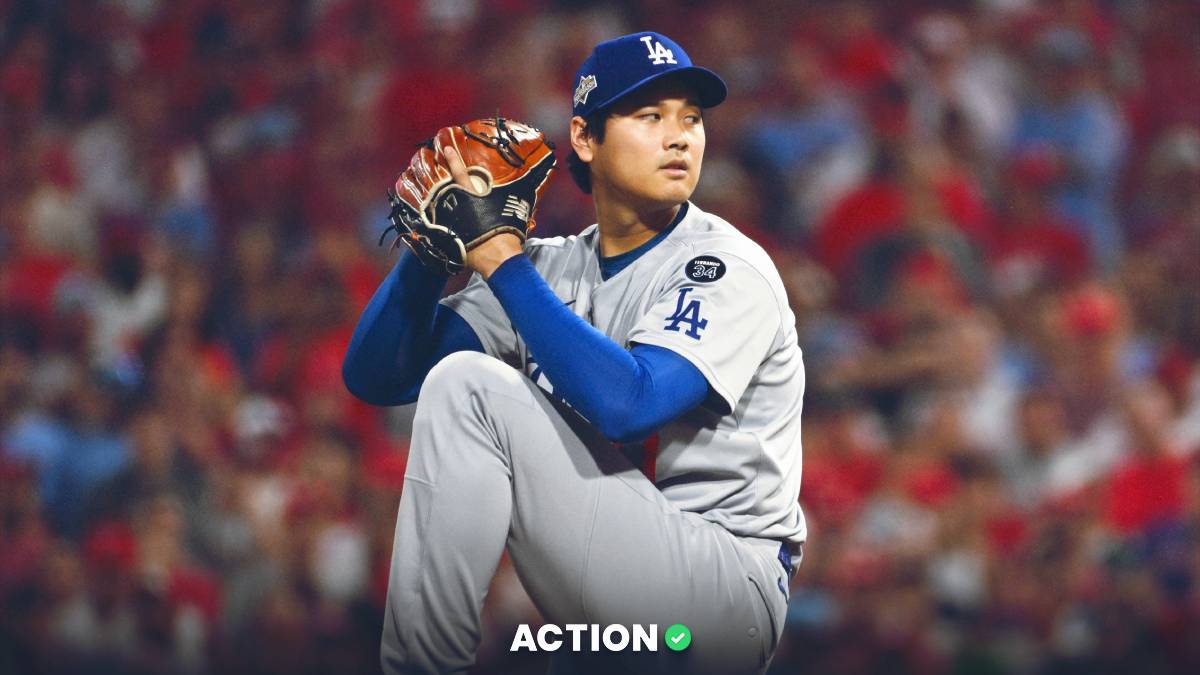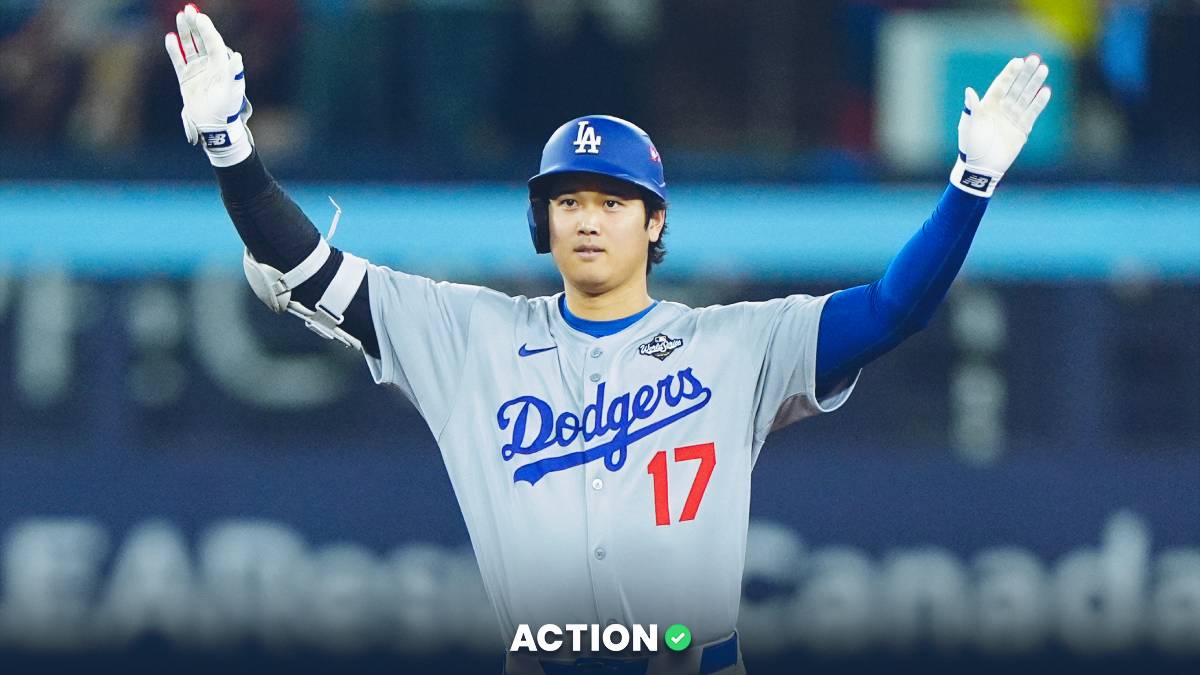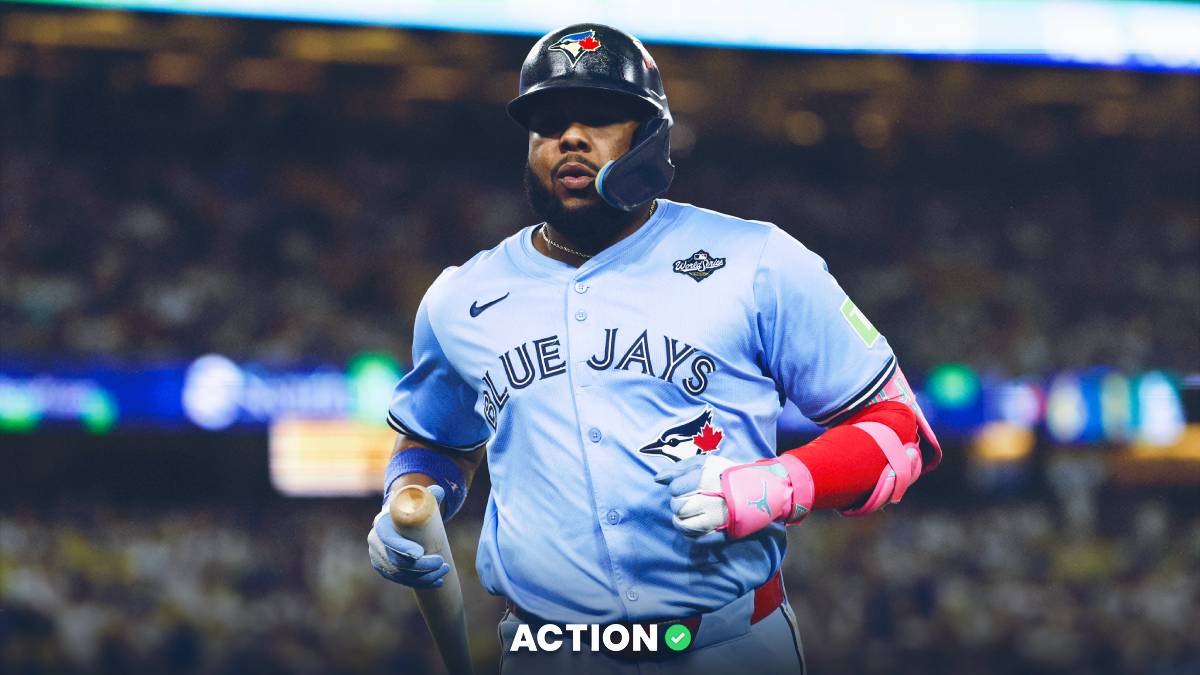One of FanDuel’s most popular promotions is back for the 2024 MLB season, as Dinger Tuesday is back once again.
The home run is one of the most exciting plays in baseball, and Dinger Tuesday became a betting favorite during the past few MLB seasons, running through August.
In 2024, you can still use it on multiple games, or the entire slate.
Let’s break down why Dinger Tuesday is such a valuable promotion and explain how it works.
Dinger Tuesday Rules
Here are the basics:
- Bet $25 on any player to hit a home run
- Get $5 in bonus bets for every home run hit in that game
- If the player homers, you still get the full payout and the bonus bets for every HR hit
- Only one player per game is eligible for the promo, but you can bet as many games as you'd like
The math worked out to be about $12 in positive expected value per game on average, without accounting for the vig associated with these home run props.
FanDuel changed the promotion slightly in 2022 to give away bonus bets instead of site credit for the bonus money — and lowered the expected value return because of it. Despite this change, the promotion remains +EV.
The max amount of bonus money received was $25 back, so even if there were six homers, you’d still max out at $25.
Example
Let’s say the Rockies are playing the Phillies and you bet on Bryce Harper to hit a home run at +300. He doesn't homer, but four homers are hit in the game. You lose your $25 initial stake, but would receive $20 back in bonus bets.
If you use bonus bets in the mathematically-optimal way, you can usually turn 75-90% of the value of bonus bets into cash.
If Harper does hit a home run, you cash in your $75 winnings for the homer and still get the $20 in bonus money.
FanDuel isn’t giving site credit anymore in 2022, but is giving the money back in the form of bonus bets. Of course this is not the same as free money, but it does allow you to free roll other longshot bets or gain value on other bets that you choose to take on.
The Math
In 2021, there were 5,944 home runs hit across the entire MLB season. Given that every team plays 162 games, that averages out to 1.22 home runs per team per game. With 2.44 homers per game on average, you will average about $12.20 in bonus bets back for every game you bet someone to homer.
Because you can turn bonus bets into about 75-85% of the value in cash if you use them right, you'll get a little over $9 back (because 75% of $12.20 is $9.15).
Here's another way to think of it: Instead of betting $25 on Harper to win $75 at +300, you're betting $15.75 to win $75. That's more like +475, instead of +300.
Not all games are created equal, though, and that’s important to consider when making your selections. A game lined at 11 at Coors Field in Colorado is likely to have far more home runs than a game lined at 6.5 at Citi Field in New York.
This is especially true in April, when cold weather and wind plays more of a factor in ball flights in certain climates.
General Strategy
1) Pick the games with the worst pitchers, highest totals and best hitters parks. You can access the ballpark conditions around the league using our Sports Insights Weather Tool. The promo doesn't change if you bet a game with a high total .. so take players in games with high totals. It's also not like DFS where it matters if everyone takes the same players.
2) Look at pitcher/hitter hand splits and run values against the starting pitcher’s most frequent pitches. Specific hitter vs. specific pitcher splits can be good, but small samples are dangerous there and don’t tend to be particularly predictive in the long run.
For example, Nolan Arenado has a career .990 OPS against left-handed pitching and Tuesday, he’s facing lefty Jesus Luzardo of Miami. Arenado also has a positive run value against curveballs, which is Luzardo’s most frequently thrown pitch. Yordan Alvarez might be someone you’d look away from because he’s a left-handed hitter facing a left-handed pitcher, but Alvarez is a reverse splits guy with better numbers against southpaws.
Since a hitter will face the starter twice on average and sometimes even three times, analyzing that specific matchup of handedness and pitch types is a major key toward trying to project who may hit a home run.
You can access career hitting splits at Baseball Reference and you can find hitter run values and pitcher pitch type splits at Baseball Savant.
3) Line shop across books to see where odds other bookmakers are projecting a certain player to homer.
We’re trying to reduce the vig paid as much as possible to increase our expected value on our home run bets. If DraftKings and Caesars are listing a certain hitter at +350 but FanDuel has him at +500, it’s probably a good idea to lean toward that hitter on principle solely based on the number.
You can use our home run prop comparison tool to find the best prices across sportsbooks.
FanDuel will shade certain popular players down and while you can still take these players, I’d advise to look a bit further down the board so you can reduce the steep vig you’ll be playing to bet on players like Fernando Tatis Jr. or Shohei Ohtani, who were frequently lined last year below +200.
The best number you get, the less vig you’ll pay and thus the more value you get for your money. This applies to all of sports betting and works for Dinger Tuesday, too.
4) Favorites vs. Longshots
I tend to make my full Dinger Tuesday card a mixture of solid home run hitters with a few longshot sprinkles mixed in. I tend to take my long shots in games where I’m projecting more home runs to begin with, like a game in Cincinnati, Boston, Philadelphia or Colorado. Even though homers are easier to come by there, the market doesn’t always fully account for that with some of the lesser-known guys who might only hit 10-15 home runs in a season.
And when a player is in the midst of a breakout season, the home run market is always slow to target them. Players like Seiya Suzuki and Connor Joe are showing as quite undervalued early in the season thus far.
5) You’re not going to hit them all and probably won’t even hit half
I played about 10-12 games on average during the 2021 season for Dinger Tuesdays. You usually only needed about two to hit to break even or even become profitable, depending on how many homers were hit that day and the odds of your winner. The most I ever hit in a night was six, so don’t expect all of your picks to win and you don’t need more than a few to win to make some money and have fun with the promotion.
6)@MLBHR is a great Twitter account to follow and turn notifications on for to track homers so you don’t have to keep up with every game.
I have their notifications on every day, but it’s especially useful on Tuesday to track your hitters’ progress. Every home run hit, you’ll get a notification sent to your phone. Hopefully, a few are players you bet on!


